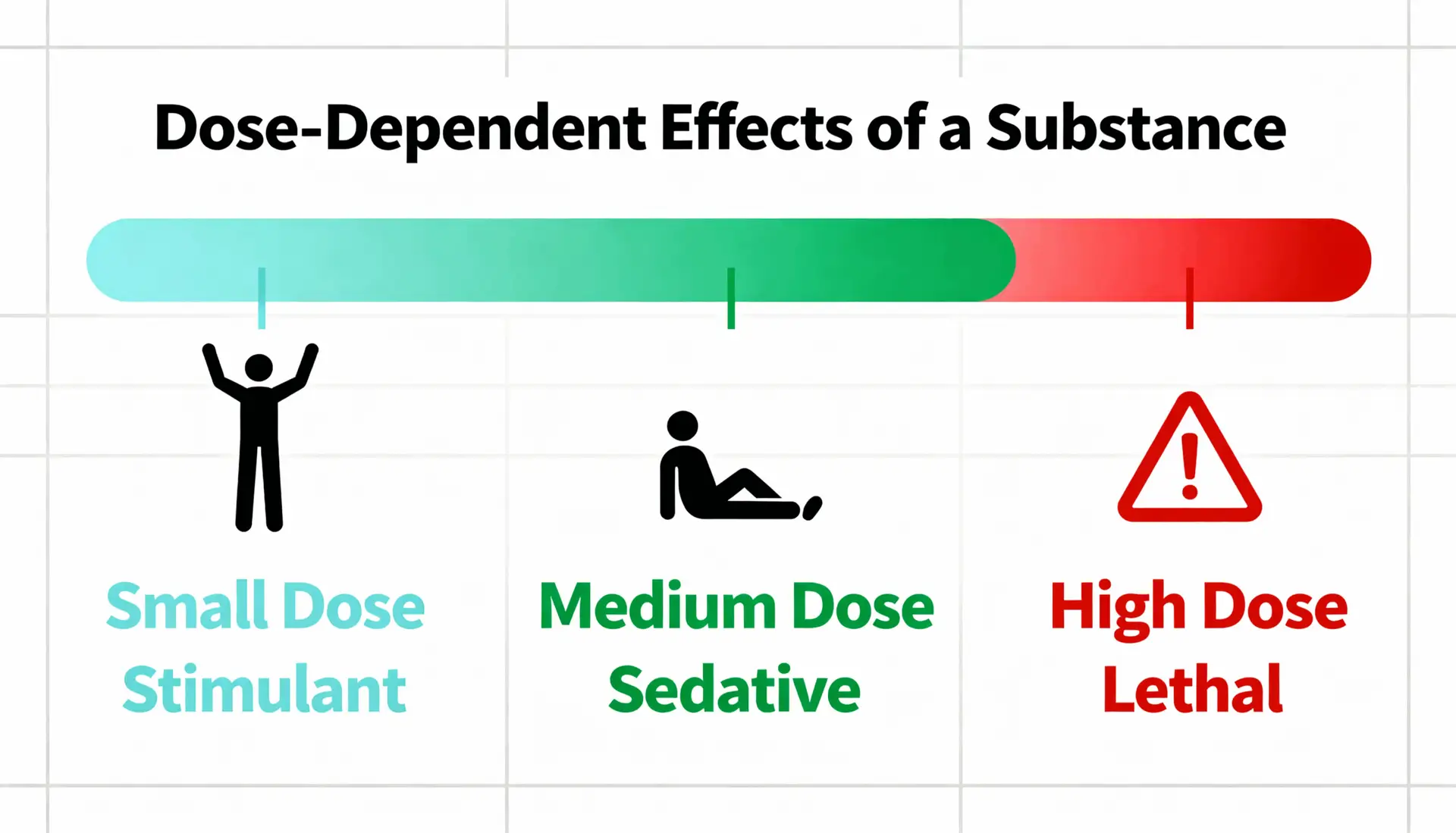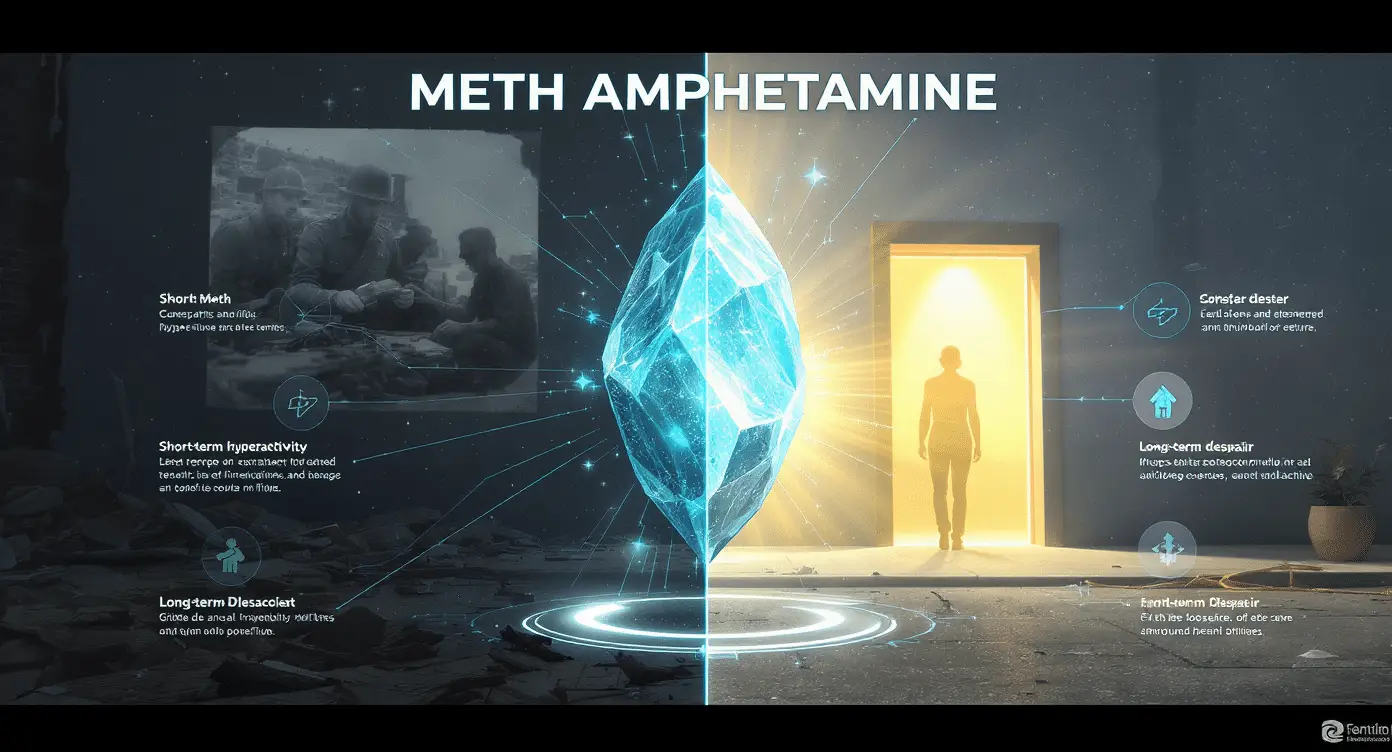The journey to recovery often begins with a drug rehabilitation facility in Europe. But with various options available for drug rehab in Europe, knowing what to expect before, during, and after treatment is essential for individuals and their loved ones seeking help. You’re not alone in this struggle; addiction affects millions across the continent.
According to the European Monitoring Centre for Drugs and Drug Addiction (EMCDDA), now the European Union Drugs Agency (EUDA), an estimated 83.4 million adults (aged 15-64) in the European Union have used illegal drugs at least once in their lifetime. When it comes to alcohol, the World Health Organization (WHO) Europe reports that one in every 10 adults (11%) in the Region are estimated to have an alcohol use disorder, with nearly one in every 20 living with alcohol dependence.
Drug use patterns vary across age groups. For instance, cannabis use among EU inhabitants aged 15–34 years is estimated at 15.5%, rising to 18.6% for those aged 15 to 24. These figures highlight the pervasive nature of addiction and the urgent need for effective solutions.
The Availability of Drug Rehab in Europe
While the precise number of drug rehabilitation programs across Europe can vary, help is widely available. When considering drug rehab in Europe, individuals will find a diverse range of programs that differ significantly in their approach and intensity. Some may focus on a less restrictive environment, while others, like Narconon, believe in a more intensive and comprehensive setting to address the behavioral aspects of addiction effectively.
For individuals who feel they’ve lost everything, including their self-respect and hope, a thorough program offering intensive supervision, guidance, counselling, and education is often necessary. It’s not uncommon for individuals to have attempted various short-term or outpatient programs before finding a long-term solution. Understanding the recovery process beforehand can prevent these repeated attempts.
Levels of Care in Drug Rehab Programs: The Narconon Approach
The path to recovery often begins with detoxification. For some substances, like alcohol or benzodiazepines, medical support during withdrawal is crucial due to potential severe physical symptoms. While essential, detox is not a rehabilitation program in itself; it’s the initial step that concludes when the body is free of drugs.
Once through withdrawal, individuals can explore rehabilitation options. This section explores the different levels of care provided by drug rehab programs in Europe, with a focus on the unique, drug-free, and non-medical approach to recovery offered by Narconon Europe, guiding individuals through distinct phases:
- Drug-Free Withdrawal: This initial phase helps the body eliminate drug residues naturally, supported by techniques and nutrition to ease discomfort.
- New Life Detoxification: This program involves a regimen of nutritional supplements, moderate exercise, and sauna use to help eliminate long-term drug residues stored in the body’s fatty tissues. The aim is to help individuals think more clearly and feel more energetic.
- Life Skills Courses: This crucial phase focuses on equipping individuals, referred to as “students,” with the tools they need to live a stable, drug-free life. Courses like “Overcoming Ups & Downs in Life,” “Personal Values,” and “Changing Conditions in Life” help individuals identify and address the underlying reasons for their drug use, develop personal integrity, and gain practical skills for handling life’s challenges.
These components form a comprehensive journey designed to not only get individuals off drugs but to help them rebuild their lives. The duration of a Narconon program is tailored to the individual’s needs, focusing on thoroughness rather than a fixed timeframe.
The Urgency of Getting Help Now
There has never been a more critical time to address drug addiction. Europe is facing evolving drug threats, particularly with the increasing presence of highly potent synthetic opioids, such as fentanyl and nitazenes. While heroin remains a concern, these new synthetic substances are emerging, posing significant risks due to their extreme potency and the danger of overdose. The Baltic region, in particular, has seen a rise in the availability of these dangerous drugs. Polydrug use, where multiple substances are consumed simultaneously, and the adulteration of illicit drugs with unknown and harmful chemicals further complicate the landscape and increase risks.
Beyond illicit drugs, alcohol continues to be a major public health concern in Europe, with millions struggling with dependence.
Treatment Admissions Across Europe
According to the EUDA’s Treatment Demand Indicator (TDI), people seek help for a range of substances. While precise numerical admissions for each drug are detailed in the EUDA’s Statistical Bulletin’s data tables, the primary substances for which people enter treatment for addiction in Europe include:
- Opioids: Heroin, methadone, fentanyl, and other prescription opioids.
- Cocaine: Both powder cocaine and crack cocaine.
- Stimulants: Amphetamines, methamphetamines, MDMA, and synthetic cathinones.
- Cannabis: Increasingly a reason for seeking treatment.
- Hypnotics/Sedatives: Including benzodiazepines.
- Other substances: Such as hallucinogens and New Psychoactive Substances (NPS).
The toll of drug addiction in Europe is tragically evident in overdose statistics. Provisional estimates indicate that Europe saw around 6,400 drug-induced deaths in 2022, with opioids frequently implicated in these fatalities.
Recovery is Possible with Effective Programs
Addiction is a desperate condition, but recovery from all types of substance abuse is achievable and happens every day. Finding effective drug rehab in Europe is crucial. It’s often the family who reaches out, convincing an addicted loved one to seek help and tirelessly searching for the most effective rehabilitation program.
The challenges of addiction may seem overwhelming, but with sufficient support, protection, and education, a new sober life can gradually replace the one destroyed by drugs. Organizations like Narconon Europe are dedicated to providing the tools and environment necessary for individuals to overcome addiction and build a lasting, drug-free future through comprehensive addiction treatment in Europe.
Sources
- European Monitoring Centre for Drugs and Drug Addiction (EMCDDA) / European Union Drugs Agency (EUDA). European Drug Report 2024: Trends and Developments. (Accessed July 2025). Available at: https://www.euda.europa.eu/publications/european-drug-report/2024_en
- World Health Organization (WHO) Europe. Alcohol use disorder prevalence. (Accessed July 2025). Relevant information often found in their news releases and reports on alcohol and health in the European Region.
- Narconon Europe. Official Website. (Accessed July 2025). Available at: https://www.narcononeurope.dk/en/
- European Monitoring Centre for Drugs and Drug Addiction (EMCDDA) / European Union Drugs Agency (EUDA). Statistical Bulletin 2025: Treatment Demand Indicator (TDI). (Accessed July 2025). Available at: https://www.euda.europa.eu/data/stats2025/tdi_en
- European Monitoring Centre for Drugs and Drug Addiction (EMCDDA) / European Union Drugs Agency (EUDA). European Drug Report 2024: Data on Drug-induced Deaths. (Accessed July 2025). Specific data often found within the detailed sections of the annual report.



